 Designing a global production footprint is becoming increasingly challenging and complex. Carsten von Hadeln, Principal at ConMoto, spoke at FTWorX in Amsterdam about the changing framework conditions and why traditional solutions no longer work. In the past, footprint optimizations were often aimed at reducing costs, opening up new markets or increasing innovative capacity. Political framework conditions or an increasingly fragile supply chain only played a subordinate role in optimization projects. Increasing dependencies on key raw materials such as rare earths, rising transport costs or decreasing transport capacities have also rarely been considered.
Designing a global production footprint is becoming increasingly challenging and complex. Carsten von Hadeln, Principal at ConMoto, spoke at FTWorX in Amsterdam about the changing framework conditions and why traditional solutions no longer work. In the past, footprint optimizations were often aimed at reducing costs, opening up new markets or increasing innovative capacity. Political framework conditions or an increasingly fragile supply chain only played a subordinate role in optimization projects. Increasing dependencies on key raw materials such as rare earths, rising transport costs or decreasing transport capacities have also rarely been considered.
Three design levels form the backbone
The successful organization of a production footprint takes three design levels into account. At the strategic level, the objectives for the production network and for operations are defined. Close alignment with the overarching corporate objectives is essential here. The second design level includes the configuration – the focus here is on defining future targets for the individual plants. The third design level is dedicated to the coordination of all plants in the footprint. The aim here is to create a competitive situation between the plants.
Configurating the footprint
The configuration of the footprint deals with the following fields of action:
- network structure: defining the geographical distribution of the plants and production capacity in the entire network
- capacity structure: defining the production capacities and degree of flexibility of the individual plants
- production technologies: Assigning manufacturing technologies depending on the product mix and defining the degree of automation for each plant
In addition, the organization for controlling the footprint is designed. This involves weighing up which functions need to be implemented centrally or decentrally from a competence perspective.
Implementation: the factory of the future as a model
When implementing a global footprint strategy for production, in many cases new factories are also built. The starting point for the factory design is a forward-looking target image that is consistently aligned with customer requirements. Ideally, the production system is modular in design and can be scaled flexibly. Particular attention is also paid to data-based, integrated networking of machines, systems and tools. In subsequent factory operation, this forms the basis for big data analyses to optimize production or to streamline production-related indirect processes via process mining.



 Deutsch
Deutsch